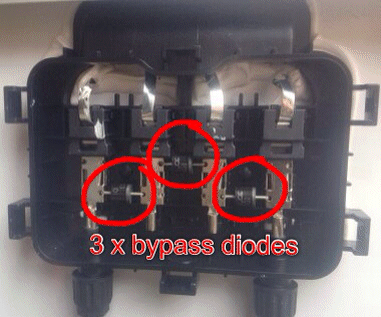It’s still a string though, and shade on a couple panels will torch the efficiency of the effected string even if the other is not affected. I have numerous pipes and a chimney on my roof that shade various panels throughout the day. Unless there has been some magic solar panel redesign in the last couple of years (since I last researched this), shade on any panel in a string will increase the resistance of the entire string and reduce the power output of all its panels. Optimizers break a string of panels wired in series into a bunch of individual panels wired in parallel, all operating independently. Now only the shaded panel is effected instead of the entire string.




